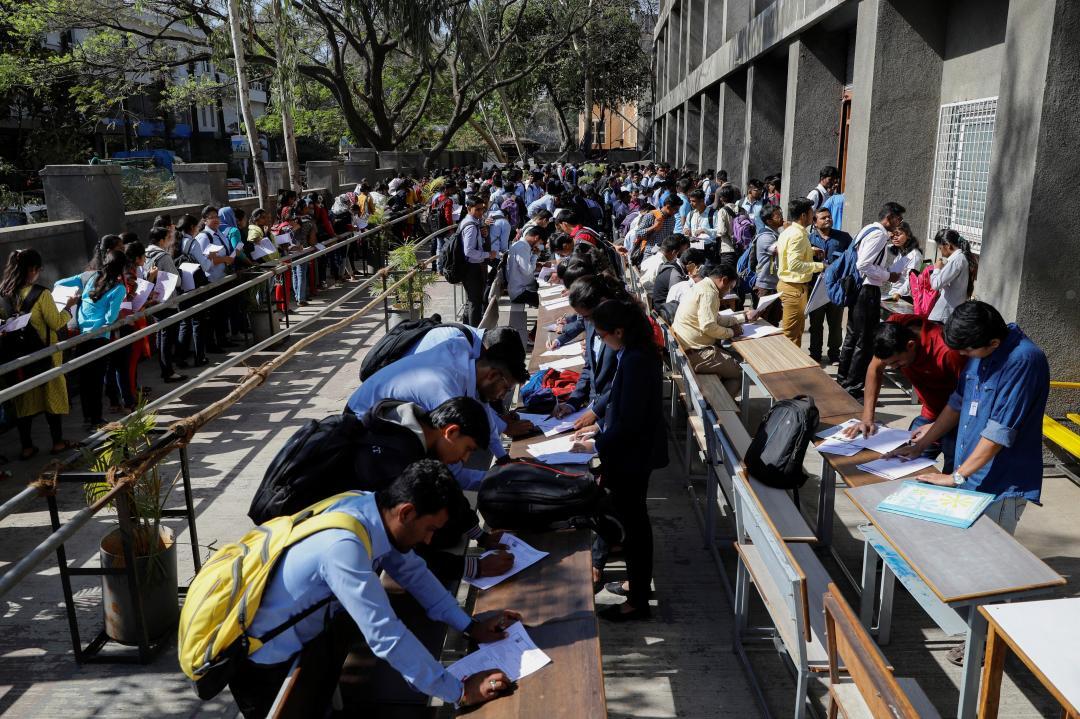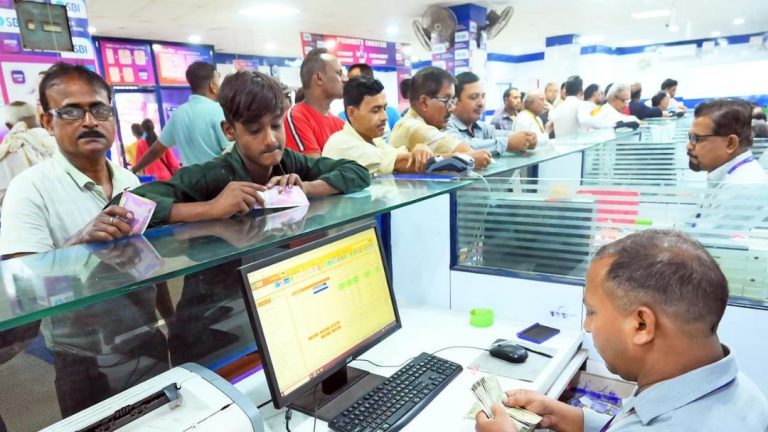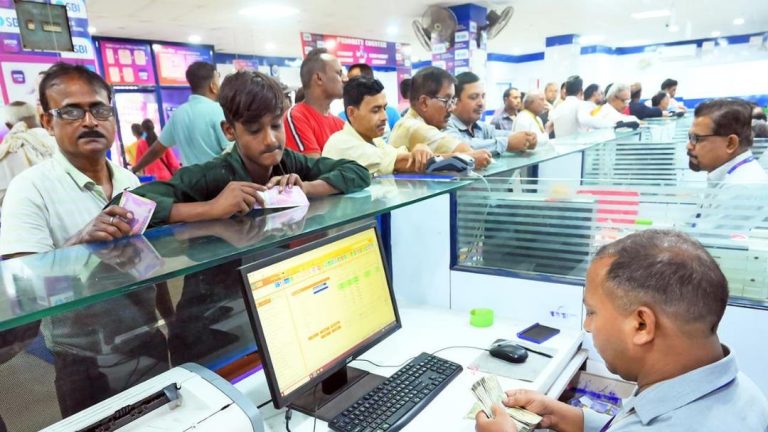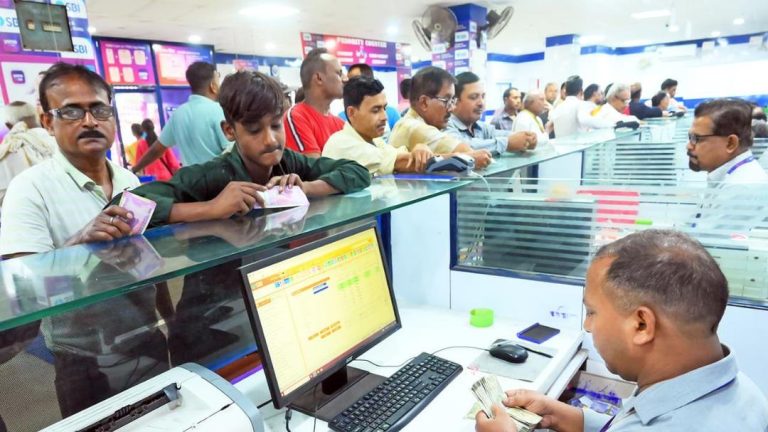
India’s Jobless Data Half of Actual Figure, Say Experts; Blame Outdated Definitions
India’s jobless data has been a topic of concern for quite some time, and a recent poll of independent economists has shed light on the discrepancy between the official figures and the actual unemployment rate. According to a Reuters poll, the Indian government’s official jobless data, which stood at 5.6% in June, is significantly lower than the actual rate, which is estimated to be around 10-11%.
Experts have attributed this discrepancy to outdated definitions of what constitutes a job, which are still used by the government to calculate employment and unemployment data. According to India’s official employment and unemployment data, anyone working for even one hour a week is considered employed. This definition has been criticized by many economists and experts, who argue that it does not accurately reflect the reality of the labor market.
The Reuters poll, which surveyed 24 independent economists, found that the majority of respondents believed that the official jobless data was not accurate. The poll also found that the economists estimated that the actual unemployment rate was significantly higher than the official figure, with some even suggesting that it could be as high as 12-15%.
The experts attributed the discrepancy to the fact that the government’s definition of employment is too narrow. According to the definition, anyone who works for even one hour a week is considered employed, regardless of the nature or quality of the job. This means that many people who are actually underemployed or working in informal sectors are being counted as employed.
For example, a person who works as a daily wage laborer for a few hours a week may be counted as employed, even though they do not have a stable or regular income. Similarly, a person who works as a freelancer or entrepreneur may be counted as employed, even though they may not have a steady stream of income.
The experts also pointed out that the government’s definition of unemployment is also too narrow. According to the definition, a person is considered unemployed if they are not working or seeking work. However, this definition does not take into account people who are underemployed or working in informal sectors, who may be seeking better opportunities or more stable employment.
The discrepancy between the official jobless data and the actual rate has serious implications for the Indian economy. The government’s official data suggests that the economy is growing and that unemployment is under control, which can lead to complacency and a lack of urgency in addressing the issue. However, the actual rate of unemployment suggests that the economy is facing a much more severe crisis, which requires immediate attention and action.
The experts have called for a revamp of the government’s definition of employment and unemployment to make it more accurate and comprehensive. They have also called for more frequent and regular updates to the data, as well as more detailed information on the nature and quality of jobs being created.
The government has been criticized for not taking adequate measures to address the issue of unemployment, despite the official data suggesting that the rate is under control. The experts have called for more targeted interventions, such as job creation programs, skill training, and infrastructure development, to address the issue of unemployment.
In conclusion, the discrepancy between India’s official jobless data and the actual rate is a serious concern that requires immediate attention. The experts have attributed the discrepancy to outdated definitions of employment and unemployment, which need to be revised to make them more accurate and comprehensive. The government must take immediate action to address the issue of unemployment, including revamping the definition of employment and unemployment and implementing targeted interventions to create more jobs and improve the economy.






